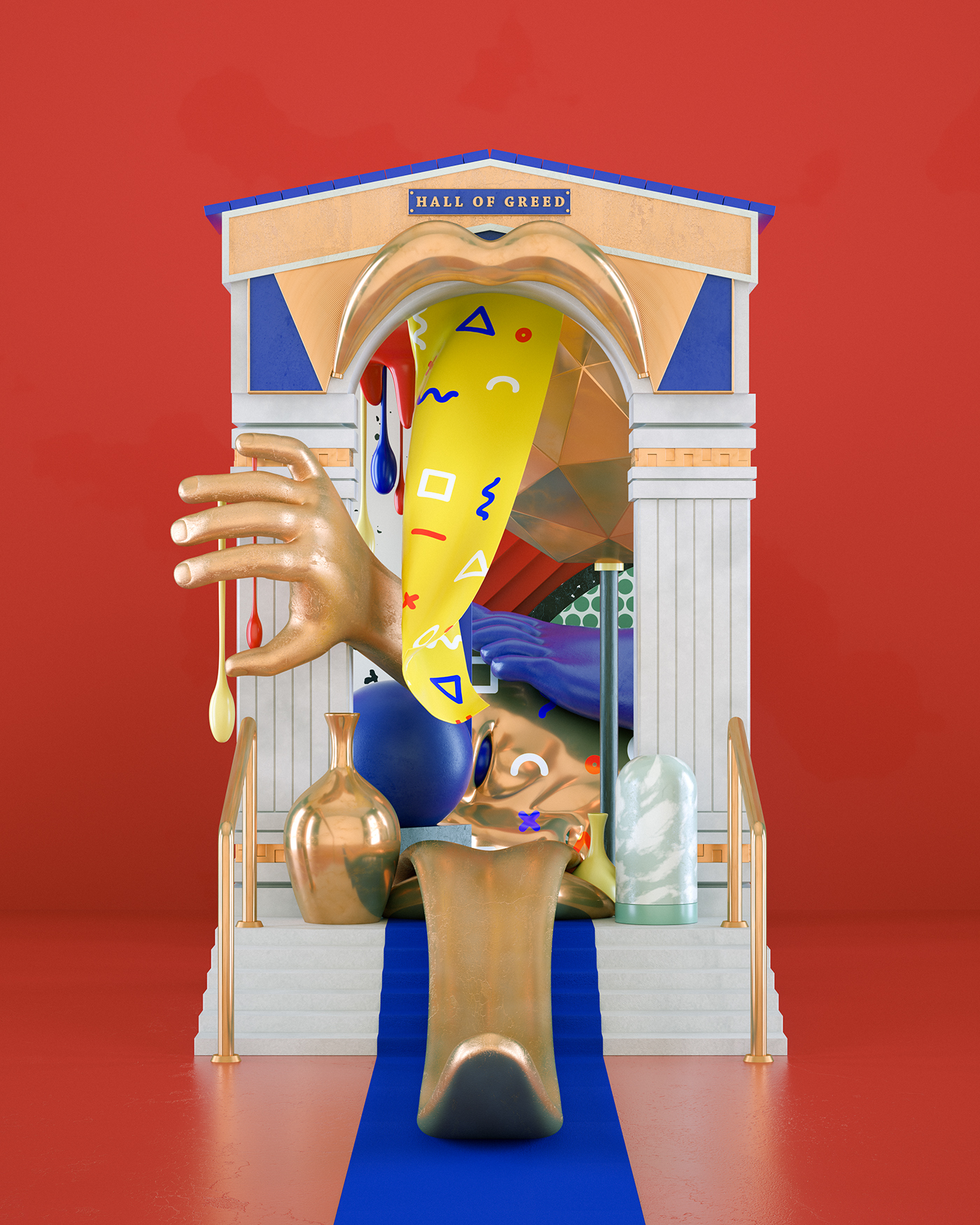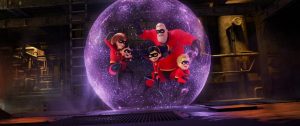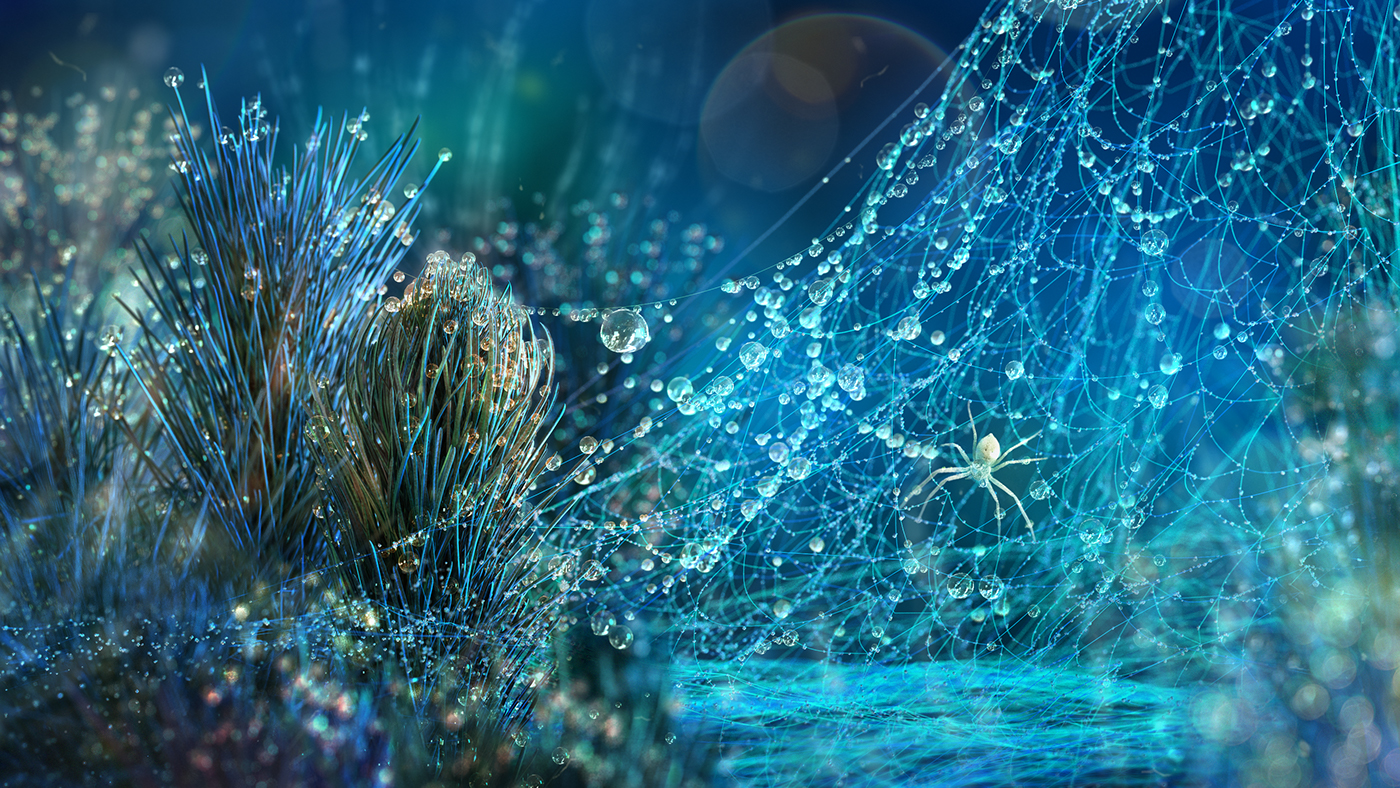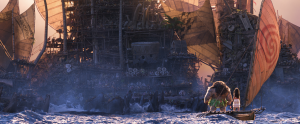
Pedro Conti is a Brazilian 3D computer graphics artist, with one of his recent and most interesting project being a 3D graphics artist on Disney’s Moana movie in 2016. He utilized 3D computer graphics to create many backgrounds, landscapes and characters in the movie. Specifically looking at the Kakamora barges he helped to create in one of the scenes of the movie, the project is so impressive due to the shear number of objects that cover the structure and how many shots (140) were needed for the sequence.
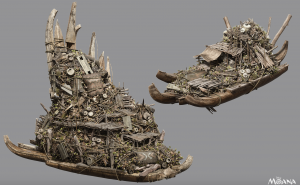
The artist utilized the program XGen, which is a geometry instancer, to populate the boat with all of the objects on it. While the artist had to follow the artistic direction of the movie, the artist’s vision is manifested in how and where different items are placed on the boat.
![[OLD FALL 2018] 15-104 • Introduction to Computing for Creative Practice](https://courses.ideate.cmu.edu/15-104/f2018/wp-content/uploads/2020/08/stop-banner.png)
